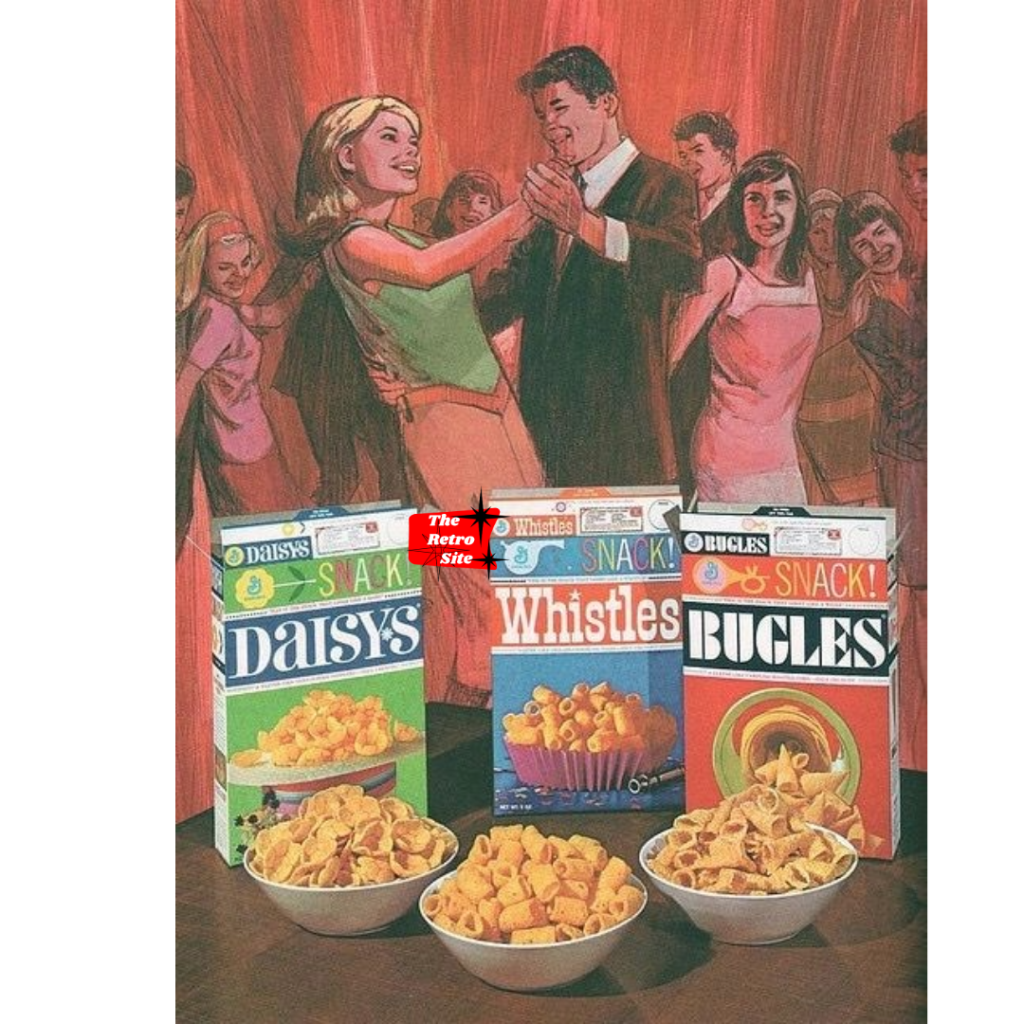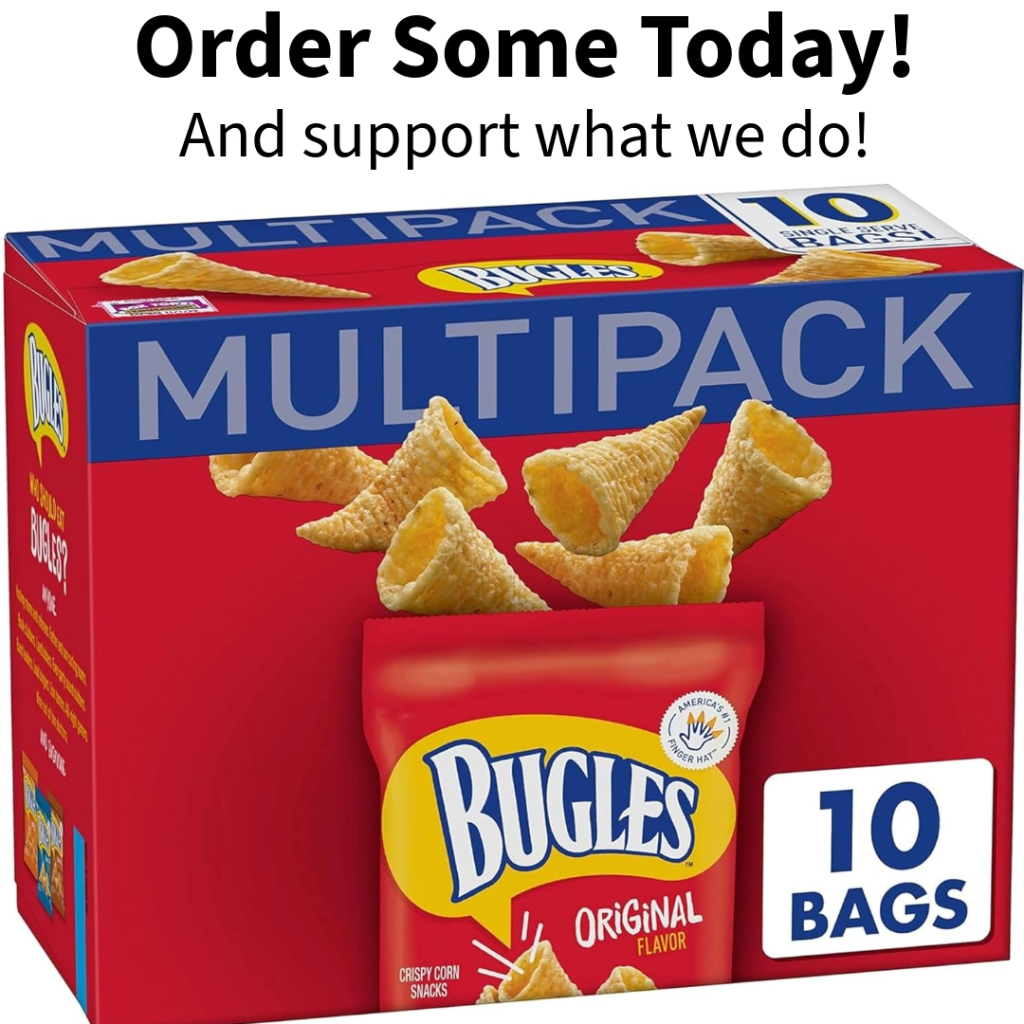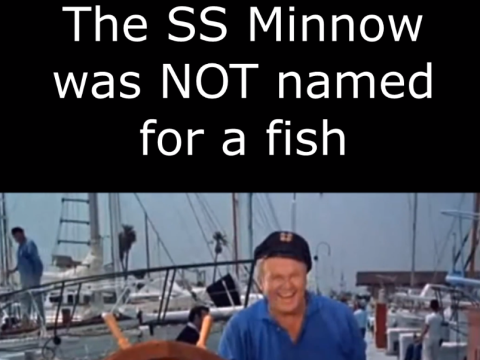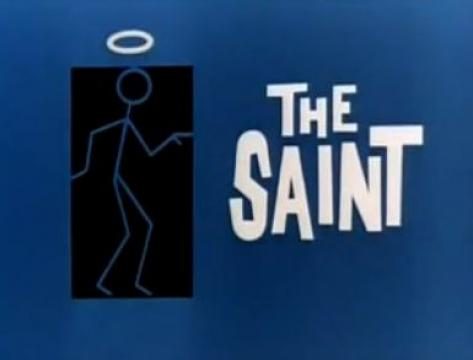
In the 1960s, General Mills launched a trio of corn-based snacks: Bugles, Daisys, and Whistles. Each had its own unique shape and playful branding—Daisys looked like little flowers, Whistles were tubular and could emit a soft sound, and Bugles resembled tiny horns. Marketed together in colorful packaging and lively ads, the three snacks were initially a novelty hit. But by the 1970s, only one remained on store shelves: Bugles.
So, why did Bugles endure while Daisys and Whistles disappeared?
The key lies in Bugles’ distinctive cone shape, which wasn’t just eye-catching—it was interactive. Children and adults alike delighted in placing them on their fingers like claws, turning snack time into a playful ritual. This simple but memorable experience gave Bugles a strong emotional appeal that the others lacked.
Beyond their shape, Bugles also offered a superior texture and flavor delivery. Their light, crispy crunch and hollow form made them ideal for holding seasoning, giving each bite a more satisfying taste. This contrasted with the heavier, less flavorful Daisys and Whistles, which didn’t stand out as much in taste tests or repeat snacking.

Bugles also benefited from more sustained marketing. General Mills continued to promote them even as interest in the other two waned. While Daisys and Whistles were treated more like novelty items, Bugles were positioned as a versatile snack, fit for everyday munching and party platters alike.
That versatility proved to be a key strength. Bugles found a second life in the kitchen—used in snack mixes, filled with cheese or dips, and even incorporated into desserts. Their shape lent itself to creativity, making them more than just a salty snack.
By the 1970s, as consumer preferences shifted and grocery store shelf space became more competitive, Whistles and Daisys were quietly phased out. Bugles, meanwhile, cemented their place as a staple of American snack culture, with their nostalgic charm and snackable fun helping them survive for over five decades—and counting.
Today, Bugles remain the last horn standing from that original snack lineup, a rare example of a novelty product that transcended its gimmick to become a household name.




